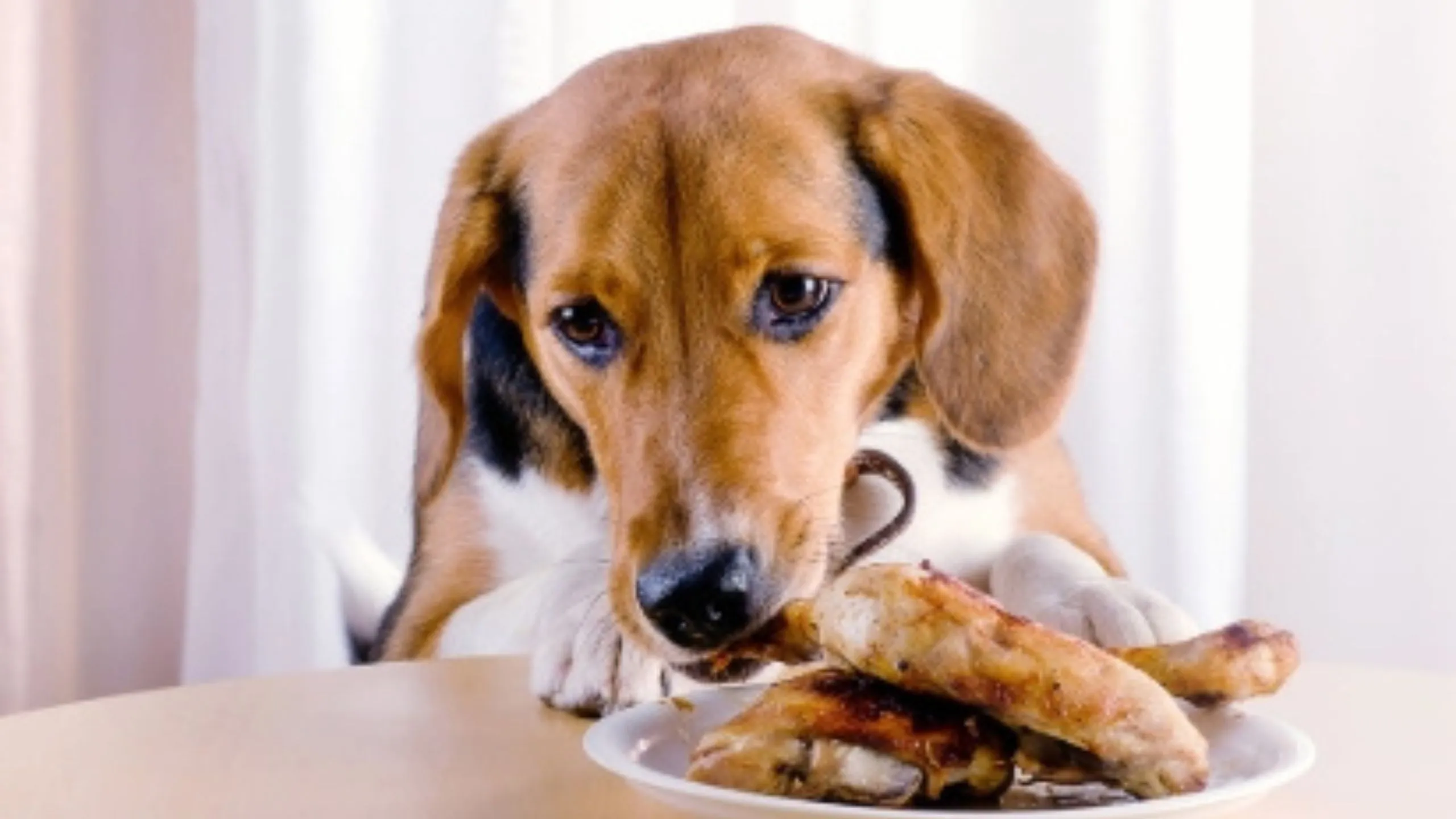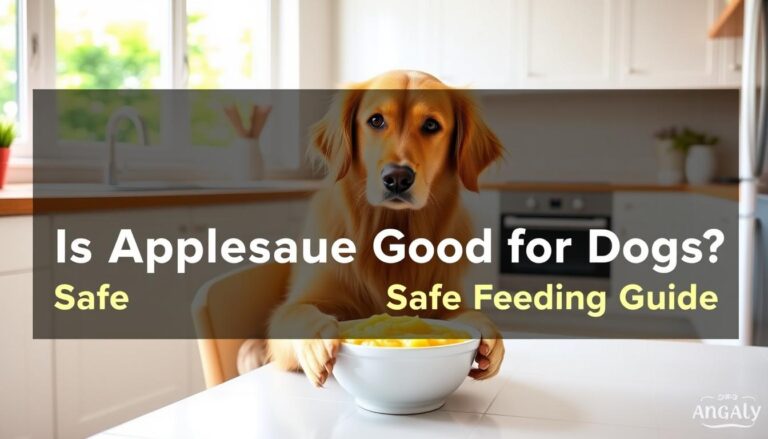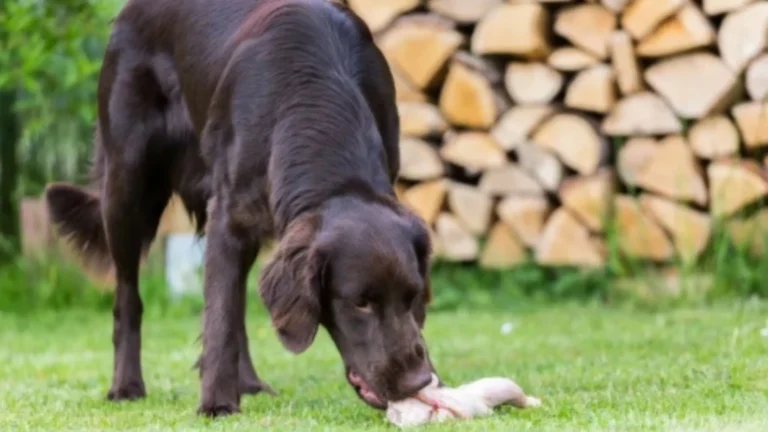Can Dogs Eat Chicken? What Every Pet Owner Should Know
As a devoted dog parent, I remember the first time I wondered about sharing my grilled chicken dinner with my furry companion. The curious gaze, the wagging tail—it’s hard to resist those pleading eyes when you’re enjoying a delicious meal.
Understanding what foods are safe for your dog is crucial. Can dogs eat chicken? The answer isn’t as straightforward as you might think. Dog food with chicken is common, but not all chicken preparations are equal when it comes to your pet’s nutrition and health.
Many veterinarians and pet nutritionists agree that chicken can be a nutritious protein source for dogs when prepared correctly. It offers essential nutrients that support your dog’s overall wellness. Learning about the right ways to serve chicken can help you make informed dietary choices for your four-legged friend.
This guide will walk you through everything you need to know about feeding chicken to dogs. From understanding nutritional benefits to exploring potential risks, you’ll gain valuable insights into incorporating chicken into your dog’s diet safely and effectively.
Table of Contents
Understanding the Benefits of Chicken for Dogs
Chicken is a nutritional powerhouse for dogs, offering many health benefits. It supports your furry friend’s overall wellness. Choosing chicken dog treats or cooked chicken means you’re picking a protein source full of essential nutrients.
Nutrition is key to your dog’s health, and chicken has a lot to offer. It’s not just about filling their bellies. The high-quality protein in chicken supports many aspects of canine health.
Protein Content and Essential Nutrients
Chicken is a rich source of protein for dogs, including vital amino acids. These nutrients are essential for your dog’s health. A balanced diet with cooked chicken can help:
- Strengthen muscle tissue
- Support immune system function
- Promote healthy skin and coat
- Provide essential vitamins and minerals
Role in Muscle Development
The protein in chicken treats is great for muscle development. Dogs need high-quality protein to build and keep lean muscle, especially active or working breeds. Lean chicken meat contains about 31 grams of protein per 100 grams, making it a top choice.
Digestibility Factors
Not all proteins are the same. Chicken is known for its excellent digestibility. This means your dog can easily absorb and use its nutrients. It’s perfect for dogs with sensitive stomachs or those needing easy-to-digest meals.
“A nutrient-rich diet is the foundation of your dog’s health and longevity.” – Veterinary Nutrition Experts
Can Dogs Eat Chicken: Safety Guidelines and Precautions
Feeding chicken to your dog needs careful thought and the right preparation. Chicken can be good for them, but owners must follow important safety rules. This keeps their pets healthy.
Here are key steps to take when giving chicken and rice to dogs:
- Always cook chicken thoroughly to kill harmful bacteria
- Remove skin and bones before serving
- Cut chicken into small, easy-to-eat pieces
- Watch your dog for any bad reactions
Many dogs have chicken allergies. Look out for signs like:
- Persistent itching
- Skin irritations
- Digestive upset
- Ear infections
To lower risks, start with small chicken portions and watch your dog’s reaction. Slowly introducing chicken helps spot any sensitivities.
| Chicken Preparation Safety | Recommended Action |
|---|---|
| Raw Chicken | Avoid completely |
| Cooking Method | Boil or bake without seasonings |
| Portion Size | 10-15% of daily diet |
Talking to your vet is the best way to safely add chicken to your dog’s diet. They can help make sure your pet gets the right food.
Proper Ways to Cook Chicken for Your Dog
When cooking chicken for dogs, you must be careful and follow food safety rules. The right cooking method makes sure your dog gets a healthy meal. It also removes harmful bacteria.
Boiling Chicken: A Safe Cooking Method
Boiling chicken is a safe and easy way to prepare it for dogs. Here’s how to make a nutritious meal:
- Select boneless, skinless chicken breasts
- Place chicken in a pot of water
- Bring water to a full boil
- Reduce heat and simmer until chicken is completely cooked
- Ensure internal temperature reaches 165°F
Baking Techniques for Dog-Friendly Chicken
Baking is another great way to cook chicken for dogs. Just make sure not to add any seasonings or oils that could be bad for your pet.
- Preheat oven to 375°F
- Place chicken in a clean baking dish
- Bake for 20-25 minutes
- Check internal temperature reaches 165°F
Essential Temperature Guidelines
| Cooking Method | Safe Internal Temperature | Cooking Time |
|---|---|---|
| Boiling | 165°F | 10-15 minutes |
| Baking | 165°F | 20-25 minutes |
“Always prioritize your dog’s safety by thoroughly cooking chicken and avoiding harmful seasonings.” – Veterinary Nutrition Experts
Let the chicken cool down completely before serving. Remove all bones to prevent choking hazards. Also, introduce new foods slowly to watch how your dog reacts.
Raw vs. Cooked Chicken Debate
Feeding raw chicken to dogs is a big decision for pet owners. The debate between raw and cooked chicken is ongoing. It challenges both dog nutrition experts and pet parents.
Is raw chicken safe for dogs? This is a complex question. Some say raw diets are good, but vets warn of health risks. Raw chicken can have Salmonella and Campylobacter, which are harmful to dogs and humans.
- Raw chicken may contain harmful pathogens
- Bacterial contamination poses serious health risks
- Cooking eliminates most dangerous microorganisms
Potential risks of raw chicken for dogs include:
- Bacterial infections
- Digestive system complications
- Potential transmission of diseases to human family members
Cooking chicken thoroughly is safer. Proper preparation ensures your dog receives protein benefits without dangerous side effects. Vets say to cook chicken to 165°F to ensure safety.
Always consult your veterinarian before making significant changes to your dog’s diet.
The safest way is to cook chicken fully, remove bones, and serve it in moderation. Your dog’s health and safety should always come first when introducing new foods.
Chicken Parts Safe for Dogs
Choosing the right chicken parts for your dog’s treats is important. Not all chicken is safe for dogs. Knowing which parts are best can help keep your dog healthy.
Dogs can eat chicken in many ways. But some parts are better than others. Let’s look at the safe chicken parts for your dog’s diet.
White Meat: A Lean Protein Source
Chicken breast is great for dogs. It has:
- Low-fat nutrition
- High protein content
- Easy digestibility
- Essential amino acids
Dark Meat: Nutrient-Rich Option
Dark meat is a bit fattier but has more nutrients. It has:
- More iron
- Additional B vitamins
- Richer flavor dogs enjoy
Organ Meat: Nutritional Powerhouses
Chicken liver is incredibly nutritious in small amounts. It’s packed with:
- Vitamin A
- Vitamin B complex
- Essential minerals
Make sure to remove bones and skin. Also, cook chicken thoroughly before giving it to your dog. This prevents health risks.
Potential Risks and Allergies
When we think about dogs eating chicken, we must consider the risks and allergies. Chicken allergies in dogs are more common than many pet owners think. These allergies can cause discomfort and health problems for your furry friend.
Dogs with chicken allergies may show several symptoms:
- Persistent skin irritations or recurring rashes
- Chronic ear infections
- Gastrointestinal upset
- Excessive scratching
- Sudden hair loss
Spotting chicken allergies needs careful watching. If your dog shows these symptoms after eating chicken, see your vet. They can run tests to see if chicken is the problem.
There are other risks with chicken, too. Dogs might choke on chicken if it’s not prepared right, especially with bones. Raw chicken also has risks, like bacteria that can make your dog very sick.
Always watch how your dog reacts to new foods and make sure they get what they need.
Some dogs can get sensitive to chicken proteins over time. This doesn’t mean they can’t have chicken anymore. But, you might need to control how much they eat. Talking to a vet nutritionist can help you figure out the best diet for your dog.
Incorporating Chicken into Your Dog’s Diet
Creating a balanced diet for your dog is important. Chicken can be a great protein source if added right. It’s key to know how to mix chicken and rice into their meals for their health.
Just adding chicken to your dog’s bowl isn’t enough. You need a plan to ensure they get the right nutrients and avoid stomach problems.
Portion Control Strategies
Finding the right chicken amount depends on several things:
- Dog’s body weight
- Age and activity level
- Overall health condition
- Current diet composition
Meal Planning Guidelines
Here are important tips for adding chicken to your dog’s diet:
- Chicken should make up no more than 10% of their daily calories
- Make sure to remove bones to avoid choking
- Cook chicken well without adding seasonings
- Start with small amounts and gradually increase
Frequency Recommendations
| Dog Size | Weekly Chicken Servings | Portion Size |
|---|---|---|
| Small Breeds | 2-3 times | 1-2 ounces |
| Medium Breeds | 3-4 times | 2-3 ounces |
| Large Breeds | 4-5 times | 3-4 ounces |
Pro tip: Always talk to your vet to make a diet plan that fits your dog’s needs.
Signs of Chicken Intolerance in Dogs
It can be hard to tell if your dog has a chicken allergy. Knowing the signs of intolerance is key to keeping your dog healthy.
Dogs with chicken allergies show different symptoms. These can affect their health and comfort.
- Digestive Issues:
- Frequent vomiting
- Persistent diarrhea
- Excessive gas
- Stomach discomfort
- Skin Problems:
- Excessive itching
- Rashes or hives
- Skin inflammation
- Chronic ear infections
- Behavioral Changes:
- Reduced energy levels
- Irritability
- Decreased appetite
Spotting these signs early helps manage your dog’s allergy. Not all dogs react the same way to chicken protein. So, it’s important to assess each dog individually.
| Symptom Category | Specific Signs | Severity Level |
|---|---|---|
| Digestive Reactions | Vomiting, Diarrhea | Moderate to High |
| Skin Responses | Itching, Rashes | Low to Moderate |
| Behavioral Changes | Lethargy, Irritation | Low |
If your dog shows signs after eating chicken, see a vet. They can test for allergies and suggest diet changes.
“Early detection and professional guidance are essential in managing food-related allergies in dogs.” – Veterinary Nutrition Expert
Knowing your dog’s diet needs is crucial for their health and happiness. Watch how they react to chicken and make smart food choices.
Chicken Alternatives for Dogs
If your dog doesn’t like chicken, it’s time to look for other protein sources. Not every dog can handle chicken well. So, pet owners need to find other foods to keep their dogs healthy and happy.
Knowing about other protein sources helps you choose the right food for your dog. This ensures they get the nutrients they need.
Diverse Protein Alternatives
Dogs need high-quality protein to stay healthy. There are many good proteins that can replace chicken:
- Turkey: Lean and similar to chicken in nutrition
- Beef: Full of amino acids dogs need
- Fish: Rich in omega-3 fatty acids
- Lamb: Great for dogs with sensitive stomachs
Vegetarian Protein Options
Plant-based proteins can also be part of a dog’s diet. Even though dogs are meat-eaters, some plant proteins are good for them:
- Lentils
- Quinoa
- Chickpeas
- Peas
Before changing your dog’s diet, talk to a vet. They can help make sure your dog gets all the nutrients they need.
Common Mistakes When Feeding Chicken to Dogs
Feeding chicken to your dog seems simple, but many pet owners make big mistakes. These errors can harm your dog’s health. Knowing these mistakes helps you give your dog safe and healthy meals.
When preparing cooked chicken for dogs, avoid these potential pitfalls:
- Chicken bones danger: Never give your dog cooked chicken bones. These bones can splinter easily, creating sharp fragments that might puncture internal organs or cause choking.
- Seasoning risks: Plain chicken is best. Avoid adding salt, garlic, onion, or other spices that could be toxic to dogs.
- Overfeeding concerns: Chicken should complement, not replace, a balanced dog diet.
Specific mistakes with chicken bones for dogs include assuming all bones are safe. Raw bones might be less dangerous, but veterinarians still recommend caution. Cooked chicken for dogs should always be boneless and thoroughly cooked to prevent bacterial contamination.
Watch for these warning signs when introducing chicken to your dog’s diet:
- Digestive upset
- Allergic reactions
- Sudden changes in appetite
To keep your dog healthy, consult with your veterinarian about appropriate chicken portion sizes and frequency. Each dog’s nutritional needs vary based on breed, age, and overall health.
Pro tip: Always introduce new foods gradually and monitor your dog’s response carefully.
Expert Veterinary Advice on Chicken Consumption
Veterinarians give important advice on whether dogs can eat chicken. They say that chicken can be a great protein source for dogs. But, it must be prepared and added to their diet carefully.
Vets suggest a few important steps to add chicken to your dog’s meals:
- Always talk to your vet before changing your dog’s diet
- Choose plain, boneless chicken without any seasonings
- Cook the chicken well to avoid bacterial risks
- Watch how your dog reacts to chicken protein
Experts say chicken is good for dogs’ health. It helps build muscles, keeps their coats healthy, and is easy for dogs to digest.
Dr. Sarah Thompson, a well-known vet nutritionist, says: “Chicken is a great protein for dogs when added wisely to their diet.”
Dogs with certain health issues need special care. Older dogs, puppies, or dogs with sensitive stomachs might need special diets. Your vet can help figure out the best way to include chicken in your dog’s diet.
- Recommended chicken portion: 10-25% of total diet
- Frequency: 2-3 times per week
- Preparation: Always plain, unseasoned, and fully cooked
Remember, every dog is different when it comes to food. Watching your dog closely and getting advice from your vet is key when adding chicken to their diet.
Conclusion
It’s important to know if dogs can eat chicken for their health. Chicken treats and meals can be good for dogs if done right. But, you need to watch how your dog reacts.
Remember, safety is key when dogs eat chicken. Cooked, boneless chicken is a great protein source. Always talk to your vet for advice on how much and how often.
Every dog is different, so what’s good for one might not be for another. Keep an eye out for any signs of allergies or stomach problems. Getting advice from experts helps you make the best choices for your dog’s health.
Feeding chicken to your dog should be done with care and knowledge. With the right help, chicken can be a tasty and healthy part of their diet.







